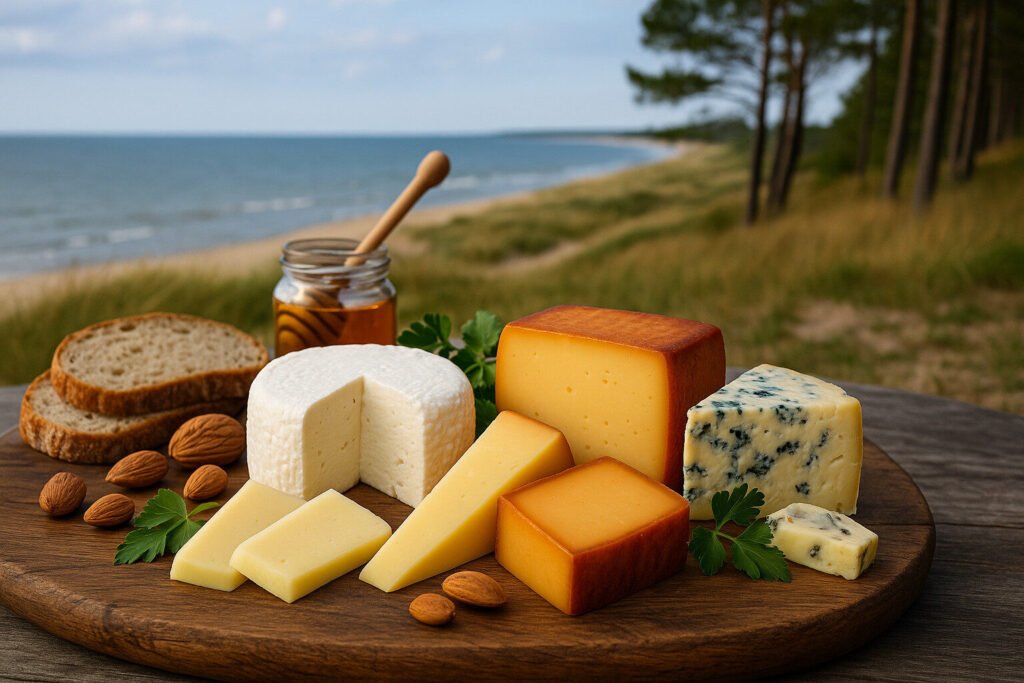Cheese Of The Baltic Region
Introduction to Baltic Cheese
Cheese production in the Baltic region has a long and storied history, influenced by the diverse cultures and climates of the area. The countries surrounding the Baltic Sea, including Estonia, Latvia, Lithuania, Poland, and parts of Scandinavia, have developed unique cheese-making traditions that reflect their agricultural heritage.
These cheeses often utilize local milk sources, such as cow, goat, or sheep milk, and are crafted using both traditional and modern techniques. The result is a variety of cheeses that range from fresh and mild to aged and pungent, offering something for every palate.
Traditional Cheese Varieties
Traditional Baltic cheeses are deeply rooted in the rural customs of the region. Many of these cheeses have been made for centuries, passed down through generations of farmers and artisans. Examples include Lithuanian curd cheese, Latvian caraway cheese, and Estonian smoked cheese.
These traditional varieties often feature simple ingredients and straightforward production methods, emphasizing the natural flavors of the milk. They are commonly enjoyed as part of everyday meals, paired with bread, vegetables, or local beverages.
Modern Cheese Innovations
In recent years, the Baltic cheese scene has seen a surge in innovation, with new producers experimenting with flavors and techniques. Artisan cheesemakers are introducing products that blend traditional knowledge with contemporary tastes, such as cheeses infused with herbs, spices, or even local fruits.
This modern approach has helped Baltic cheeses gain recognition in international markets, appealing to consumers seeking unique and high-quality dairy products. The innovation also supports local economies by creating new opportunities for small-scale producers.
Cultural Significance
Cheese holds a special place in the cultural traditions of the Baltic region. It is often featured in festive occasions, religious ceremonies, and family gatherings, symbolizing prosperity and community. In many Baltic countries, cheese is a staple of the national diet and is celebrated in local festivals and fairs.
The cultural importance of cheese extends beyond consumption; it represents a connection to the land and a respect for traditional practices. This cultural heritage is preserved through recipes, stories, and the continued production of regional specialties.
Future Prospects
The future of Baltic cheese looks promising, with growing interest in sustainable and locally sourced foods. Producers are increasingly focusing on organic farming, animal welfare, and environmental stewardship, which align with global trends toward conscious consumption.
As the Baltic region continues to integrate into the global economy, its cheeses have the potential to become more widely appreciated. Efforts to promote these products through tourism, exports, and culinary education will likely enhance their visibility and demand in the years to come.

